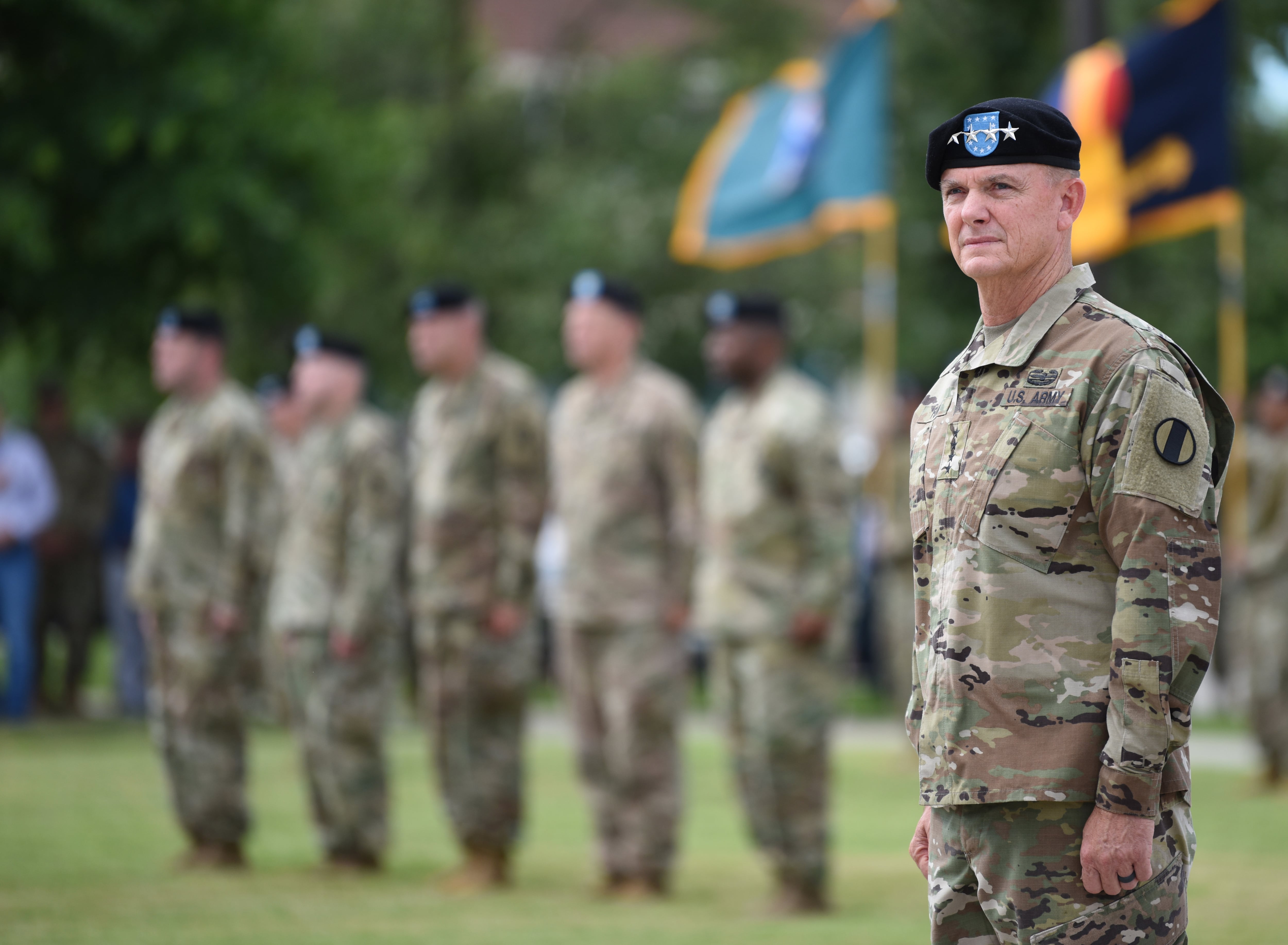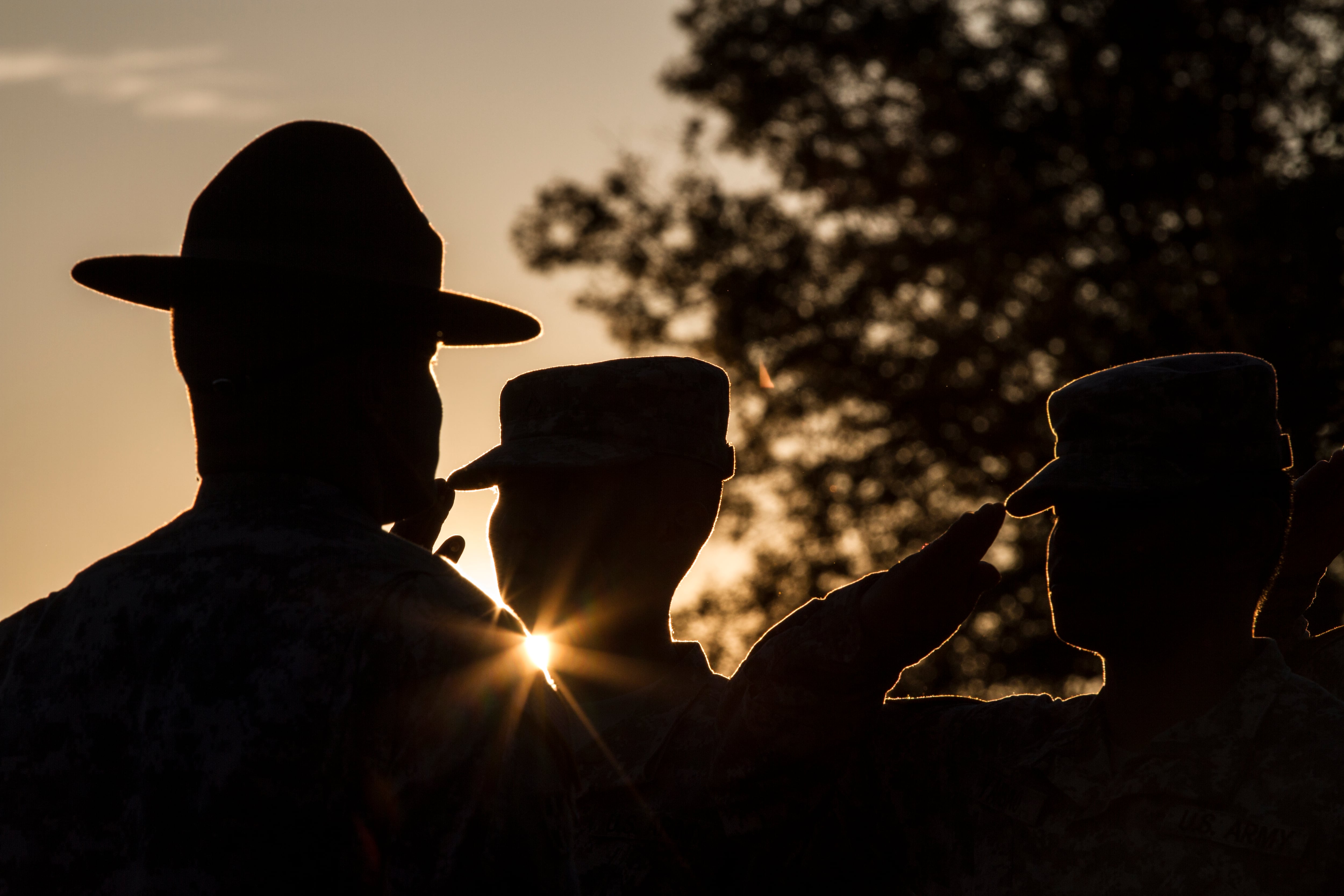FORT MONROE, Va. ― The new general in charge of Army Training and Doctrine Command has been in the seat for a little more than a month, but he spoke with Army Times to give an early view of his coming tenure.
Gen. Paul E. Funk II took command of TRADOC on June 21 and is currently in an “assessment phase" to see where his predecessor, Gen. Stephen J. Townsend, left off and what needs to be done to turn the Army’s multi-domain operations concept into doctrine, he said.
“We got to turn it into doctrine. We got to start changing our organizations. We got to get some of the equipment fielded in order to do those things," Funk said. “Our job is to bring that to life, to apply it across the force in the training base and then provide them to [Army Forces Command]."
The service released its latest MDO concept in December, and there are plans for a version 2.0 to be released after a series of war games and joint exercises this year. The evolving doctrine is intended to flesh out how the Army, as part of a joint force with the other services, will compete against great power rivals like Russia and China.
For the MDO push to work, the Army says it needs to acquire the right equipment, including kit for combat troops, next-generation vehicles and long-range, precision fires, as well as implementing the training and doctrinal changes to match that new technology.
Not getting ahead of technology
The Army established Futures Command in Austin, Texas, last year in order to consolidate and speed up the acquisition process. But even with the new four-star command, it takes time to bring equipment to troops.
One part of TRADOC’s responsibility is to “not get too far ahead” of modernization, according to Funk.
“I can change much faster, because I’m changing words and ideas and driving it down in through the schools, into the centers, into the basic training formations,” Funk said. “That’s much easier to do than bend metal.”
Funk’s goal is to keep doctrinal changes in sync with technology development, but some modernization priorities are already on the horizon.
For example, Funk’s predecessor, Townsend, expressed concern in March 2018 that soldiers at the squad and platoon level no longer over-match their opponents in combat. To get that edge back, soldiers need updates to rifles, night vision and protective equipment, Townsend said.
“That’s what the mobile protected firepower piece is all about. We’re bringing out the new rifle. We brought out the new pistol. We’re really pushing on that piece,” Funk said.
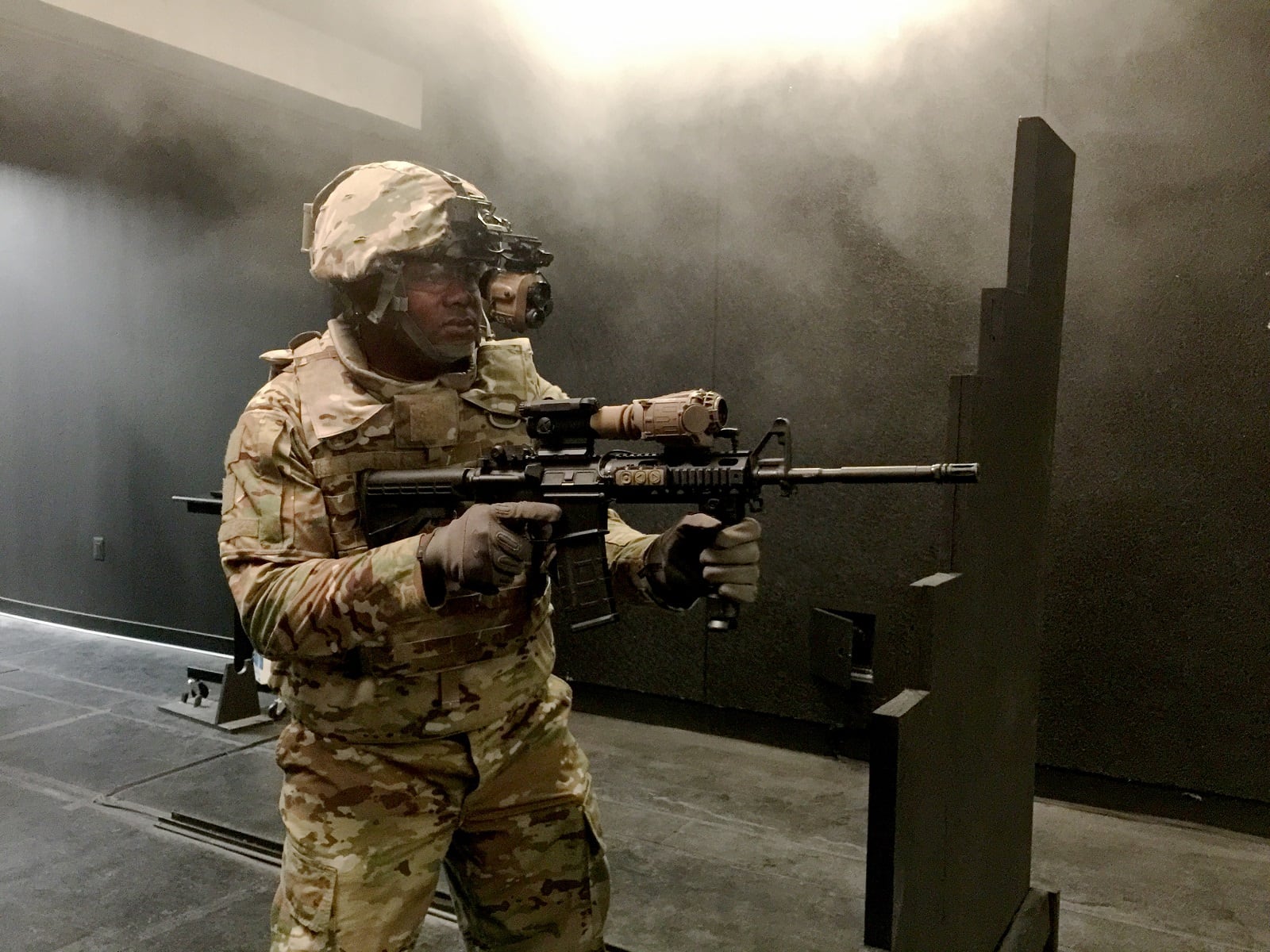
Additionally, the Army’s latest iteration of night vision, which adds binocular vision, shifts green glow to white and lets soldiers see their weapon sight in their device, will be deployed with an armored brigade combat team this fall.
As that gear is fielded, TRADOC managers will ensure doctrine, organizations and leader development updates to keep pace for the soldiers who train under their schools, Funk said.
Acquiring the right people
Those schools overseen by TRADOC are right now pumping out the soldiers who will lead the Army on the next battleground.
“It’s not even the type of soldier I am going to need, it’s the type of leader I’m going to need. The kids who are going to lead America’s next battle are probably coming into our schools, our basic training, officer schools, now," Funk said.
“So what we’re trying to project is what capabilities they’re going to need and how we’re going to develop them as leaders,” he added. "How are we changing the way they do fitness, how are we acquiring the right pieces of kit to make sure they can be successful and win in the next war.”
RELATED
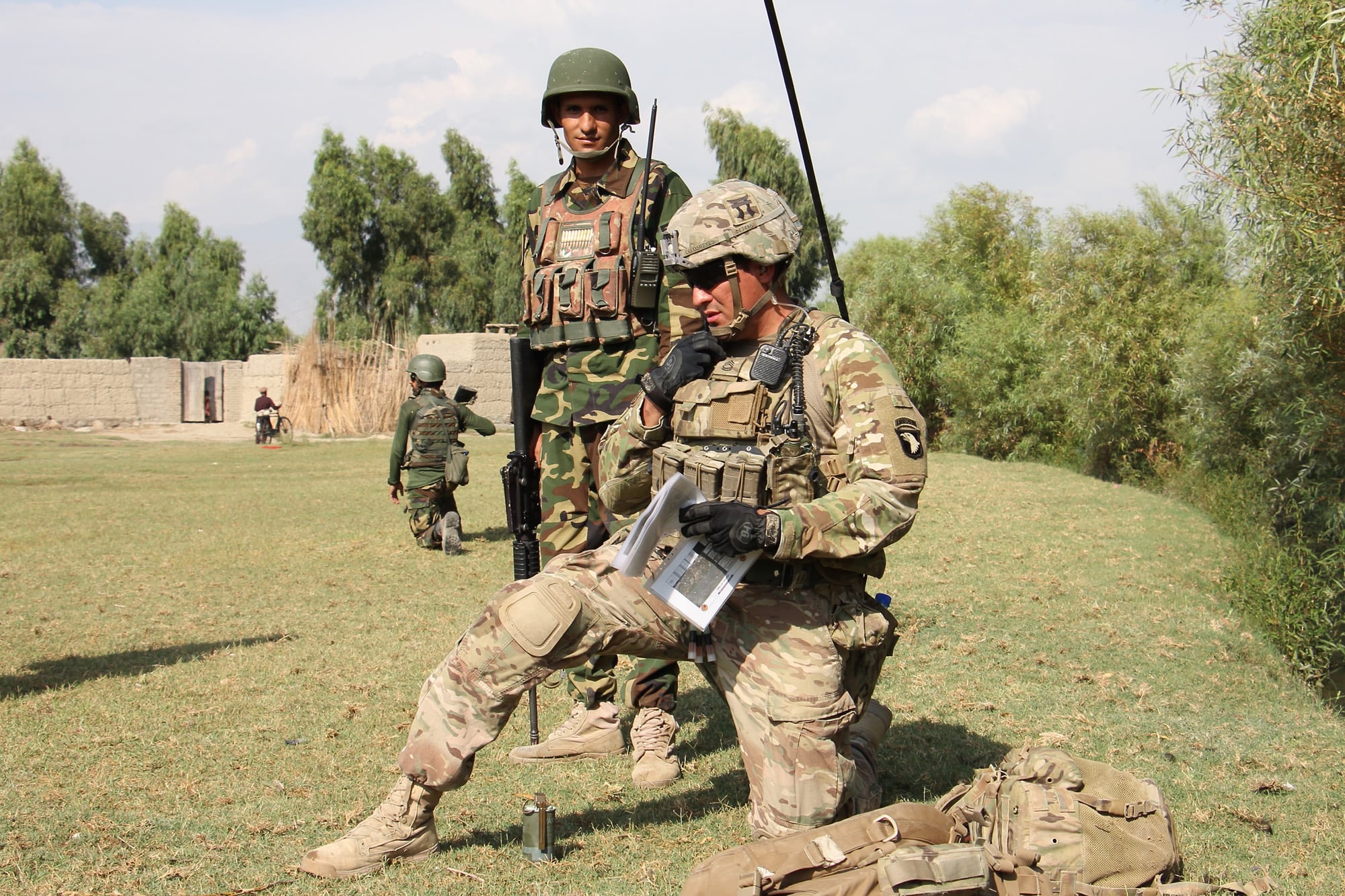
During his tenure leading TRADOC, Townsend updated the Army’s mission command doctrine publication to help push young leaders to have the confidence and skill necessary to make tough choices in battle, independent of higher command echelons.
Pushing authority down to the lowest levels of fighting units could be critical on a future battlefield where jamming, spoofing, indirect fire and air attacks make constant contact with a higher command unrealistic.
Still training for insurgencies
Amid the renewed focus on peer adversaries, some prominent defense policy practitioners have warned that the Army is still more likely to face terrorism and insurgency in future conflicts than tank battles in Europe.
But Funk said he’s satisfied with the amount of training dedicated to counter insurgency at this time and believes the Army is doing what’s necessary to retain the lessons learned from the wars in Afghanistan and Iraq.
“We haven’t stepped away from that at all,” Funk said. “We’re actually integrating that into everything. If you go to the combat training centers today, they still got to enter a room [and] clear a building. You still got to deal with the locals."
“Even with the focus to large-scale conflict, people still live on land. You still got to deal with them," he added.
The training that soldiers are getting is intended to be “the best of both worlds,” according to Funk, with a dual emphasis on fighting in an environment where soldiers may be facing electronic warfare attacks, as well as one where they will face a local population that they have to curry favor with.
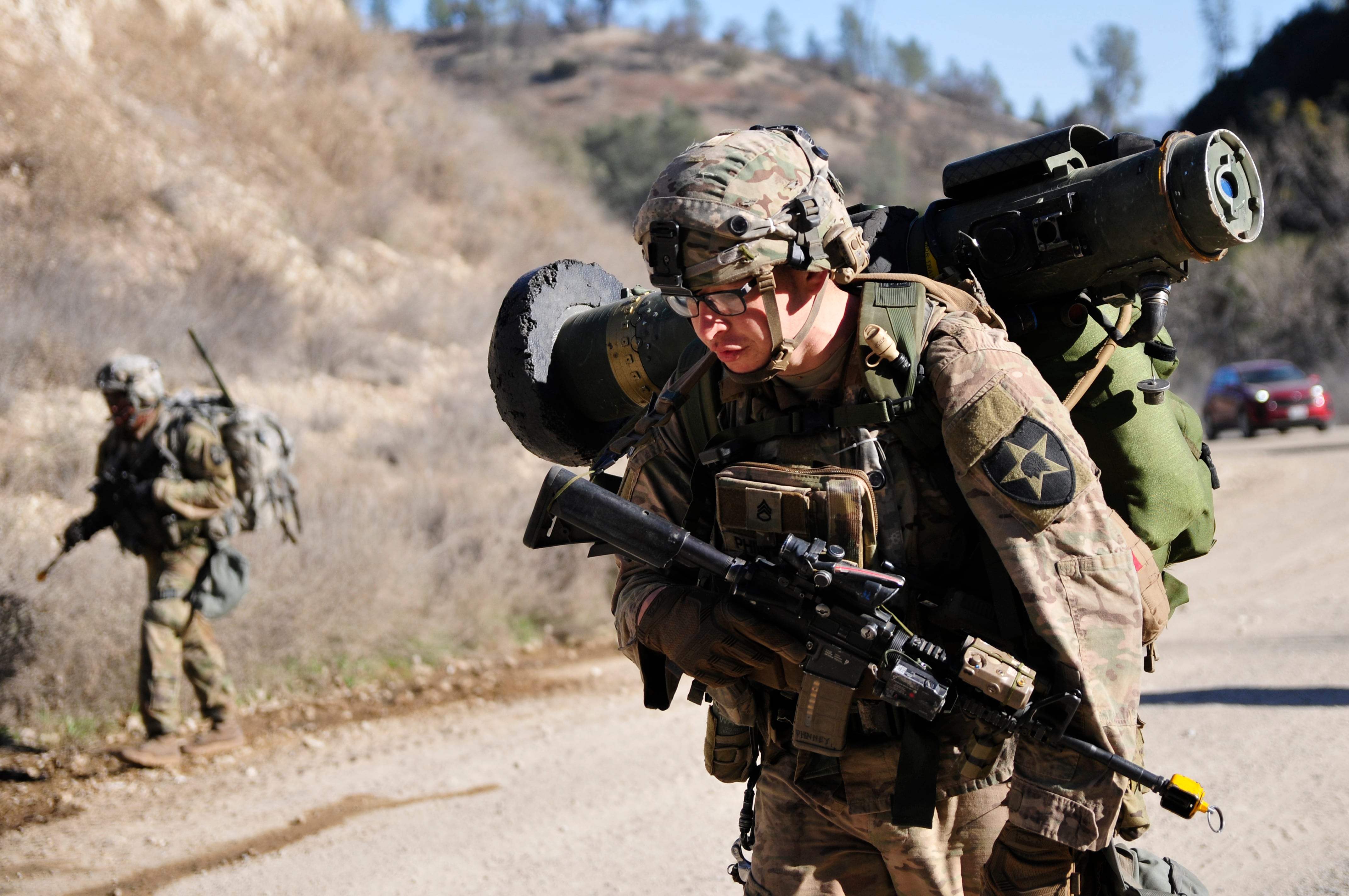
Coming off Inherent Resolve
Funk, who led the combined joint task force during the anti-Islamic State mission in Iraq and Syria last year, is bringing into TRADOC an appreciation for complicated combat zones of the future, where adversaries like Russia sponsor opposing forces and non-state actors like ISIS edge out footholds in the desert and online.
Both adversaries are competing against the U.S. in messaging, he said.
“I think we need to understand and bring back the fact that information is one of the elements of national power and that we’ve got to turn the information campaign into something that we all agree on and then we got to continually message,” Funk said.
That message is "all about deterrence,” he added, signaling to other nations that the U.S. military is prepared for contingencies that could arise across the globe.
But messaging in the 21st century isn’t relegated to psychological operations soldiers, according to Funk.
“The uniforms we wear, how we carry ourselves, how our training evolves, how we bring about change in our organizations, everybody is a part of this," he said.
Kyle Rempfer was an editor and reporter who has covered combat operations, criminal cases, foreign military assistance and training accidents. Before entering journalism, Kyle served in U.S. Air Force Special Tactics and deployed in 2014 to Paktika Province, Afghanistan, and Baghdad, Iraq.
